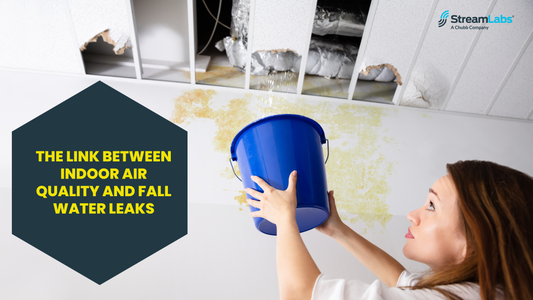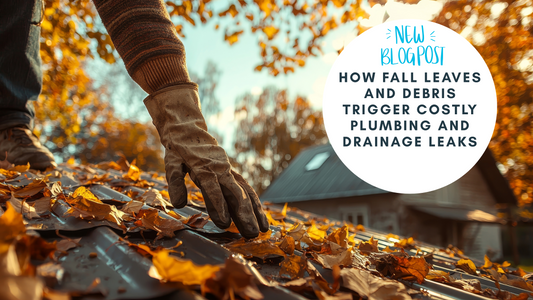As cooler weather arrives, we spend more time indoors—and rely more on heating systems and closed windows. That’s why fall is a critical time to address hidden water leaks that can compromise your indoor air quality and respiratory health.
How Leaks Affect Air Quality
- Mold and Mildew Growth: Caused by moisture buildup in walls, carpets, or ceilings
- Dust Mites: Thrive in humid environments created by leaks
- Allergens and Spores: Mold spores enter HVAC systems and spread through the home
- Chemical Reactions: Damp materials can emit volatile organic compounds (VOCs)
Common Fall Leak Locations That Harm Air Quality
- Beneath sinks and in cabinets
- Behind drywall or paneling
- Around windows and door frames
- In HVAC drip pans or near furnaces
- Near attic insulation if roof leaks are present
How to Protect Indoor Air Quality
- Use leak detectors in hidden spaces like behind washing machines and under sinks
- Inspect insulation and drywall for discoloration or musty smells
- Run a dehumidifier in basements or crawlspaces
- Clean HVAC filters and have ducts inspected
- Consider an air quality monitor in moisture-prone areas
Clean air starts with a dry, sealed environment. Leak detection plays a huge role in making your home a healthier place to spend fall and winter.





